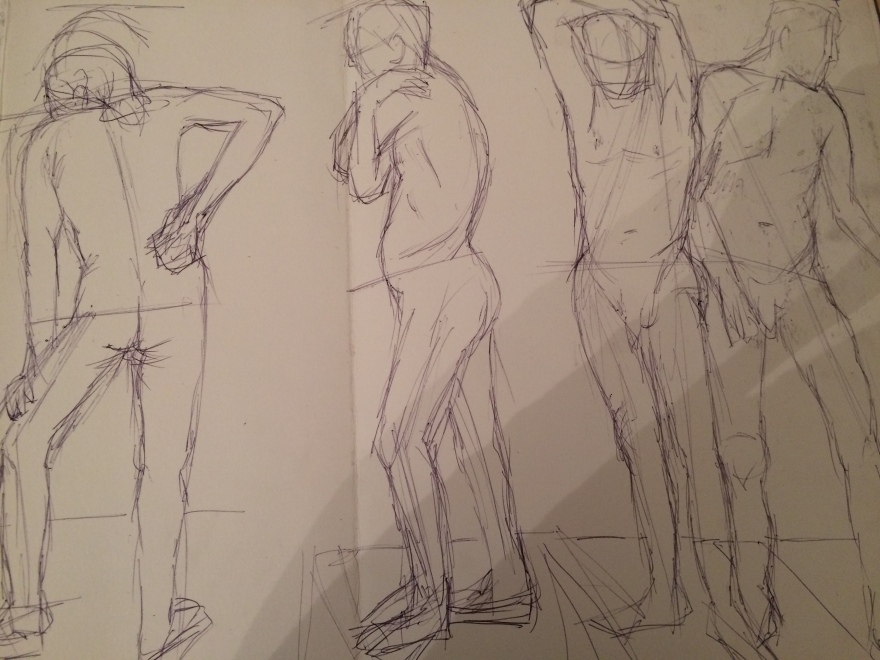
You can submit any poem you’ve written in response to a prompt on the site for consideration. Please send your poem to submissionsinpoetry@gmail.com with a short bio.
For this prompt we branch off from the list poem to look at working with kennings. A kenning is a two-word descriptive phrase. Shape-shifter. Dog-sitter. Book-lover.
What is a kenning poem?
A kenning poem is made up of these phrases, as a kind of list poem, and uses them as metaphor for a person. It is a poetic form dating back to the Anglo-Saxons, but in modern times largely appears in classrooms as a way of getting children to think about poetry and description. It is sometimes called a riddle or a puzzle poem, because it describes something without naming it, so the reader is guessing throughout.
The Prompt
The temptation here is to write about someone you know, and many of the examples of kenning poems online are written by children, about their parents. But for this prompt, pick a historical figure – and a complex one. Try to pick a person about whom much has been said, though little decided. Describe them using at least ten kennings. It does not have to rhyme.
Choose a title other than the person’s name (though you can say who it is about in parentheses or as an afterword).
If you can’t think of a figure, here are some you might choose: Thomas Cromwell, Queen Victoria, Margaret Thatcher, Winston Churchill, Abraham Lincoln, Harriet Tubman, Maya Angelou, Jackie Onassis, Errol Flynn.
My example is about the anatomist Vesalius, and it rhymes in places but not strictly. I also deviate on 2 phrases, which aren’t kennings. But rules were made for breaking!

To Cut to Pieces
(after Vesalius)
Parallel dissector, tooth-counter
Atrium-ranker
Heart-holder, heart wholer
China-rooter, eyeball bowler,
Ionian-sailor, Zakynthos-wrecked,
Body-snatcher
Blood distressed.





